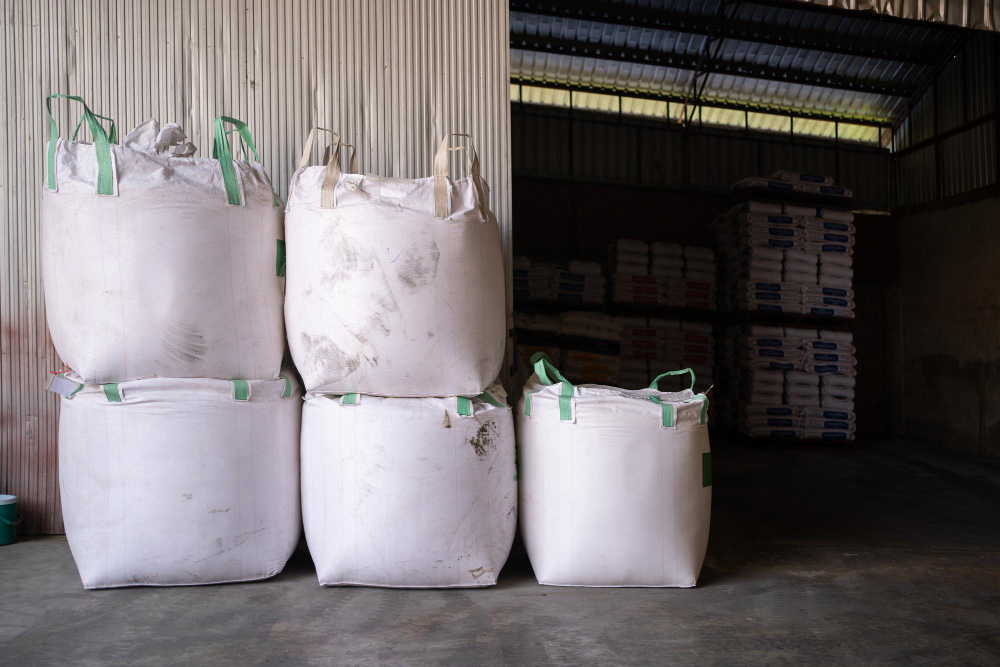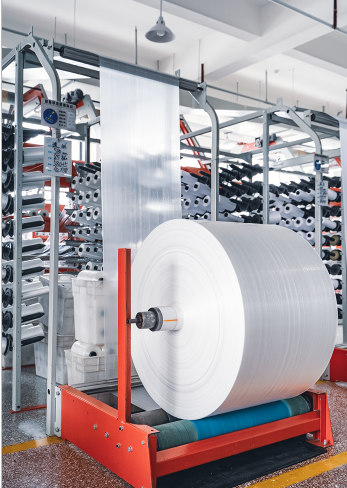
Finding the perfect FIBC bag, also commonly referred to as a bulk bag or super sack, goes beyond just picking any size that will hold your product. The right fit is crucial for the safe, efficient, and cost-effective storage and transportation of your bulk materials.
This guide will equip you with the knowledge to choose the ideal FIBC bag size for your specific needs.
FIBC bags are available in a wide range of sizes, measured in terms of volume (cubic feet) and dimensions (width x length x height).
Common sizes range from compact one cubic meter bags to large bulk bags that can hold several tons of material. Super sack sizes will vary depending on the manufacturer, but some general industry standards exist to ensure compatibility with handling equipment and pallets [1].
There are two key factors to consider when selecting the appropriate FIBC bag size:
The volume and weight of your product will determine the minimum size bag required. Consider the product’s density (weight per cubic foot) to calculate the required volume for your desired weight [1].
Think about the available storage or transportation space. Will the filled bag fit comfortably on a pallet? Is there enough headroom for loading and unloading? Large bulk bags might offer more storage efficiency, but they might not be suitable if space is limited. [2]
Aside from these, there are a few other considerations to factors to keep in mind such as:
Now that you have a better understanding of FIBC bag sizes, contact us or browse Xifa product page to find the type of FIBC bag that will meet your needs.




